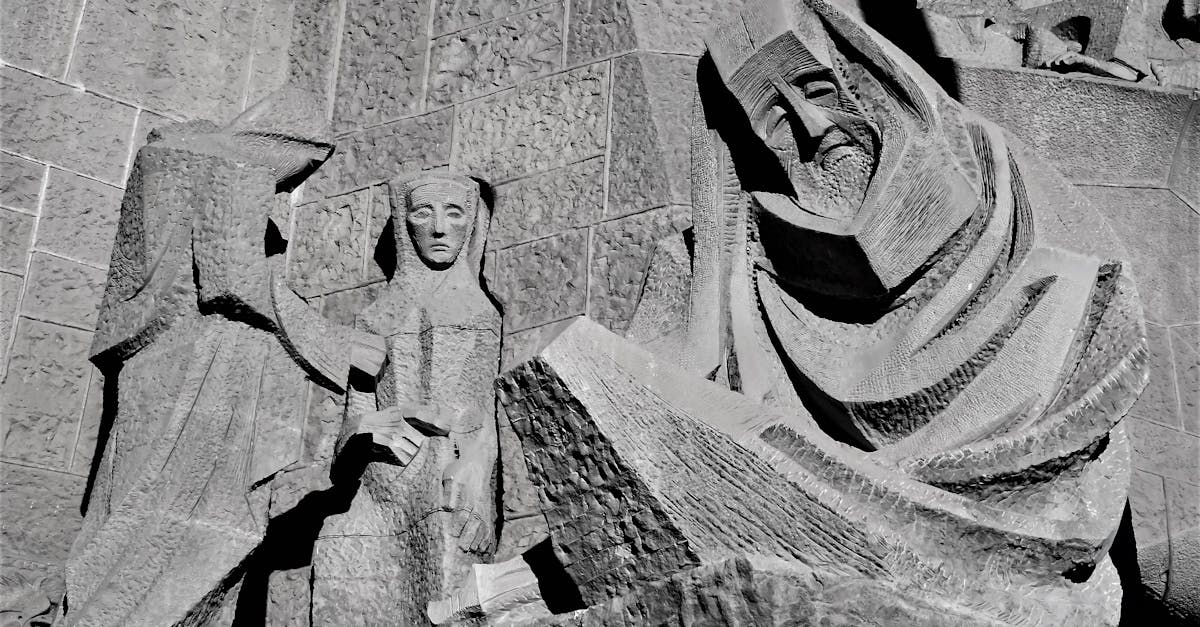Wire sculpting is a versatile and captivating art form that allows artists to bring their imaginative visions to life through intricate patterns of twisted metal. By combining techniques from relief sculpture, figurative sculpture, and working with materials such as clay and metal, artists can create stunning works that captivate and inspire viewers. In this article, we will explore five essential techniques to help you master the art of wire sculpture in both relief and figurative forms.
1. **Wire Selection**: The first step in creating a successful wire sculpture is choosing the right type of wire for your project. Different metals, such as aluminum, copper, or steel, offer varying degrees of malleability and strength. For intricate details and delicate forms, finer gauges of wire are preferable, while thicker gauges are better suited for creating structural support. Experiment with different types of wire to discover which best suits your artistic vision.
2. **Armature Building**: Before diving into sculpting, it is crucial to create a sturdy armature to support your wire sculpture. Armatures provide the necessary framework for shaping and securing the wire, especially in figurative sculptures where balance and proportion are essential. Consider using materials like clay or metal to construct a base that will guide the form of your sculpture and ensure its stability throughout the creative process.
3. **Wire Bending Techniques**: Mastering various wire bending techniques is key to achieving intricate details and dynamic forms in your sculpture. Techniques such as twisting, looping, and wrapping allow you to create textures, patterns, and contours that bring depth and dimension to your artwork. Experiment with different bending tools and methods to refine your sculpting skills and explore the endless possibilities of wire manipulation.
4. **Clay Integration**: Combining wire sculpture with clay can add a unique dimension to your artwork, blending the tactile qualities of metal with the malleability of clay. Use clay to sculpt additional features or embellishments onto your wire form, enhancing the richness and complexity of your composition. Experiment with different sculpting techniques, such as carving, molding, and blending, to seamlessly integrate clay elements into your wire sculpture and elevate its visual impact.
5. **Metal Finishing Techniques**: Once your wire sculpture is complete, applying metal finishing techniques can enhance its appearance and durability. Consider techniques such as polishing, patination, or coating to protect the metal from oxidation and corrosion while adding a professional touch to your artwork. Experiment with different finishes to achieve the desired aesthetic effects, whether it be a sleek, modern look or a rustic, weathered finish that complements the overall theme of your sculpture.
In conclusion, mastering the art of wire sculpture in relief and figurative forms requires a combination of technical skill, creative vision, and experimentation with materials and techniques. By incorporating elements from relief sculpture, figurative sculpture, and working with clay and metal, artists can push the boundaries of traditional sculpting methods and create truly exceptional works of art that showcase the limitless potential of wire as a medium. Embrace the journey of sculpting with wire, and let your imagination soar as you craft intricate and captivating sculptures that inspire and amaze.


